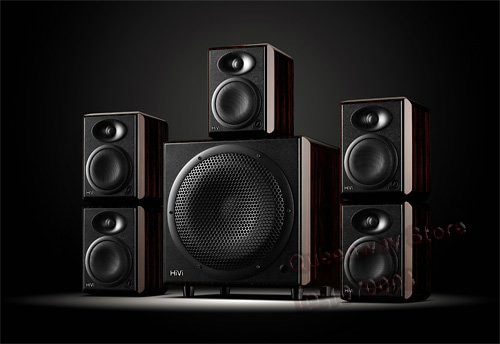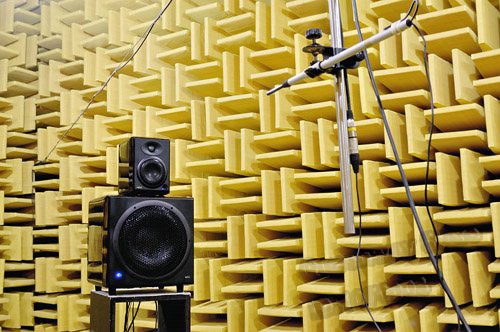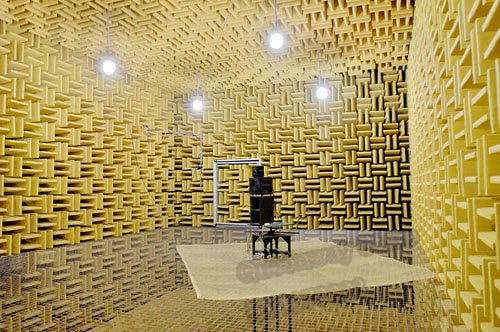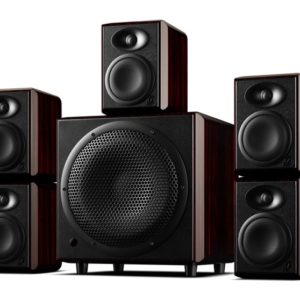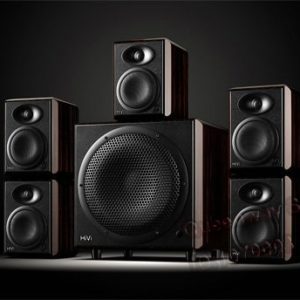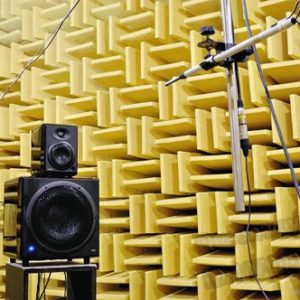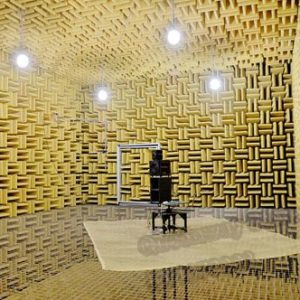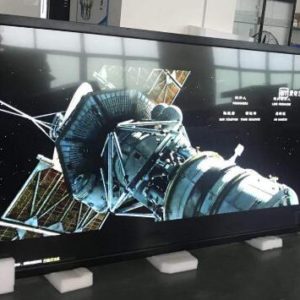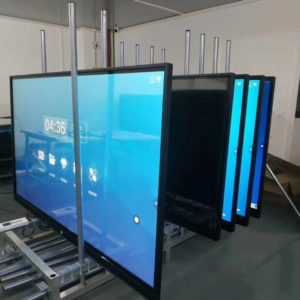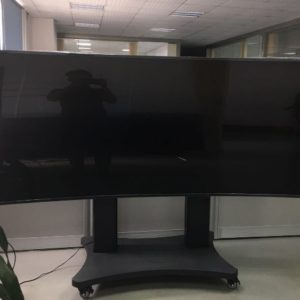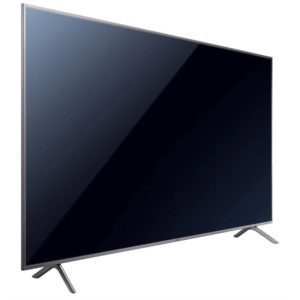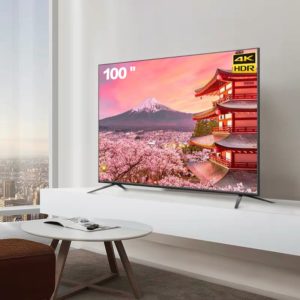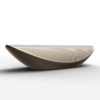H4 H10SUB Multimedia Active Monitor Cinema Speaker home theater active electronic crossover active bookshelf monitor speaker
Attention: Because this home theater is customized , so If you want to , please wait for 7-15 days . Because this home theater is too big , so the shipping freight is not inaccurate , if you are interested in this one, please contact us .
Parameters
Speaker series: Monitor level active electronic crossover 2.0 speaker system
System form: Two-way four-stage inverter system
Unit configuration: 4-inch mid-bass
19mm metal dome tweeter
Frequency Range : 60Hz-20kHz
Sensitivity (2.83V/1m): 82dB
Rated impedance: 6Ω
Power range: 10-60 W
Amplifier system
rated power : Total power of 45W RMS per channel, total channel 90W RMS
Active electronic crossover point: 2.4kHz
Bass adjustment: ±2dB (100Hz)
Midrange adjustment: 0/-2/-4dB (500Hz)
Tweeter adjustment: ±1dB (10KHz)
Signal to noise ratio: >94dB (without weighting)
Unreality: THD
Input sensitivity: 350mV
Input resistance : 12kΩ
Enter the maximum peak: 3000mV
Size (W × D × H): 158×216×195mm
Net weight : 4.23 Kg / only
The appearance of the cabinet: Luxury ebony leather piano paint / metal speaker decorative ring / leather panel
H10 SUB
System form: One way closed active subwoofer
Unit configuration: 10-inch professional subwoofer
Frequency Range : 25Hz-200Hz (Direct)
25Hz-80Hz (80Hz)
Sensitivity: 85dB (2.83V/1m)
Rated impedance: 4Ω
Rated power : 150W
Signal to noise ratio: >90dB (without weighting)
Input sensitivity: 200mV
Input resistance : 32kΩ
Dimensions (WxDxH): 370×353×341mm
Net weight : 19.5kg / Taiwan
The appearance of the cabinet: Luxury ebony leather piano paint / metal speaker decorative ring / leather panel
In the Hivi H·System product sequence, it includes active bookshelf monitors and active subwoofers with built-in frequency manager. It offers users a variety of configurations to choose from: 2 pieces of active bookshelf monitors can form 2.0 channels. Music monitoring system; 2 pieces of active bookshelf monitor speakers
adding to 1 active subwoofer can form 2.1 channel music monitoring system; 5 pieces of bookshelf monitor speakers plus 1 or more only source subwoofer can form 5.X channel Video monitoring system. After completing the system’s close link, whether it is a singer’s solo singer, a large concert scream, a bullet screaming, or even a roar of the movie “2012” can be successfully reproduced. Let’s start with the frequency division of sounds, let everyone know how Swans H. System transcends human hearing limits.
The frequency of the sound is the number of times the sound wave oscillates per second, in Hz (Hz), and the higher the frequency, the higher the pitch, and vice versa. In music, we can hear that the lowest frequency is 20Hz for a large organ, followed by a bass drum of 27Hz, the piano’s lowest frequency is 29Hz, the wooden
guitar’s bass string is roughly 80Hz, and the male/female’s pitch is at 120Hz and 230Hz respectively. The frequency is about 170Hz-10kHz, and the frequency of the hanging is 130Hz-12kHz. The overtones of many stringed instruments and percussion instruments can be extended to above 15kHz. The frequency elements
of music are so rich that the frequency of film appreciation/monitoring needs to be wider: from the lower frequency part of the earthquake/explosion to the IF part of the actors’ dialogue, and the more frequency- diversified environmental sound effects and Special sound effects made by computers. It can be understood that the wider the range of frequencies that audio equipment can play, the more details you can hear and the more impressive the sound in the movie.
In order to know what range of frequencies a speaker can play, we can use various electro-acoustic measurement hardware with professional software for measurement; while the low-frequency part can only be accurately measured in a large professional anechoic chamber due to the acoustic wavelength problem, HiVi
owns The larger professional anechoic room in Asia, this is the choice to consider the true strength of H. System.
From this red curve is a set of H. System linked by H4 and H10 SUB frequency response curve measured in the anechoic chamber. The two ends of the curve are the hearing limits of the human ear, 20Hz-20kHz. From the perspective of monitoring, the Hivi H·System has achieved brilliant results of 25Hz-20kHz (±2.6dB); if the standard is defined as the audible frequency (The national standard is -8dB), the frequency response of H·System will be rewritten as 20Hz-20kHz (-8dB/+2.5dB), which means that the frequency response of the system has completely covered and surpassed the human hearing limit! Seeing this real frequency parameter makes people feel very excited, forgetting that the frequency response parameters of products in the
multimedia industry have been almost uniformly labeled as “20Hz-20kHz”. We can’t go deep into the “courage” behind this “habit” now, but at least at this moment, in the frequency response parameters of Hivi H. System, we can write 20Hz-20kHz with confidence; the barriers of the industry for more than a decade have been broken. .
The above three combination curves tell us in detail how Hivi H. System accomplishes this transcendence. The individual response parameters of the Swans H4 are 60Hz-20kHz (-3dB/+1.8dB). After the H10 SUB is connected, the audio signal is accurately divided by the frequency manager inside the H10 SUB. The frequency above 80Hz is played back by H4 (blue Curve), the frequency below 80Hz is assumed by H10 SUB itself (green curve). When the two work at the same time, the frequencies of the respective playbacks are successfully connected together (red curve). We can clearly see the intersection of the two curves at 80Hz, which is also the THX certified crossover standard.
There is also a mode setting function in Hivi H. System, which can provide music (Audio) and video (Video) modes according to different applications of users. The red curve is the music mode and the blue curve is the video mode. The difference between the two is that the low frequency gain of the H10 SUB is automatically
increased when set to the video mode, and is increased by about 2 dB based on 40 Hz. The effect of this setting is that if the user pays more attention to the balance of the sound, the choice of Audio mode can make the music more fidelity to avoid the sound, the movie sound is more monitor; when the user is enjoying the movie or the game needs more low frequency and When you lower the frequency, you can choose the Video mode to make the low frequency more powerful and strong, so that more low-frequency airflow can be rushed to your body without any scruples. Different setting options provide users with more choices when diversifying their applications.

